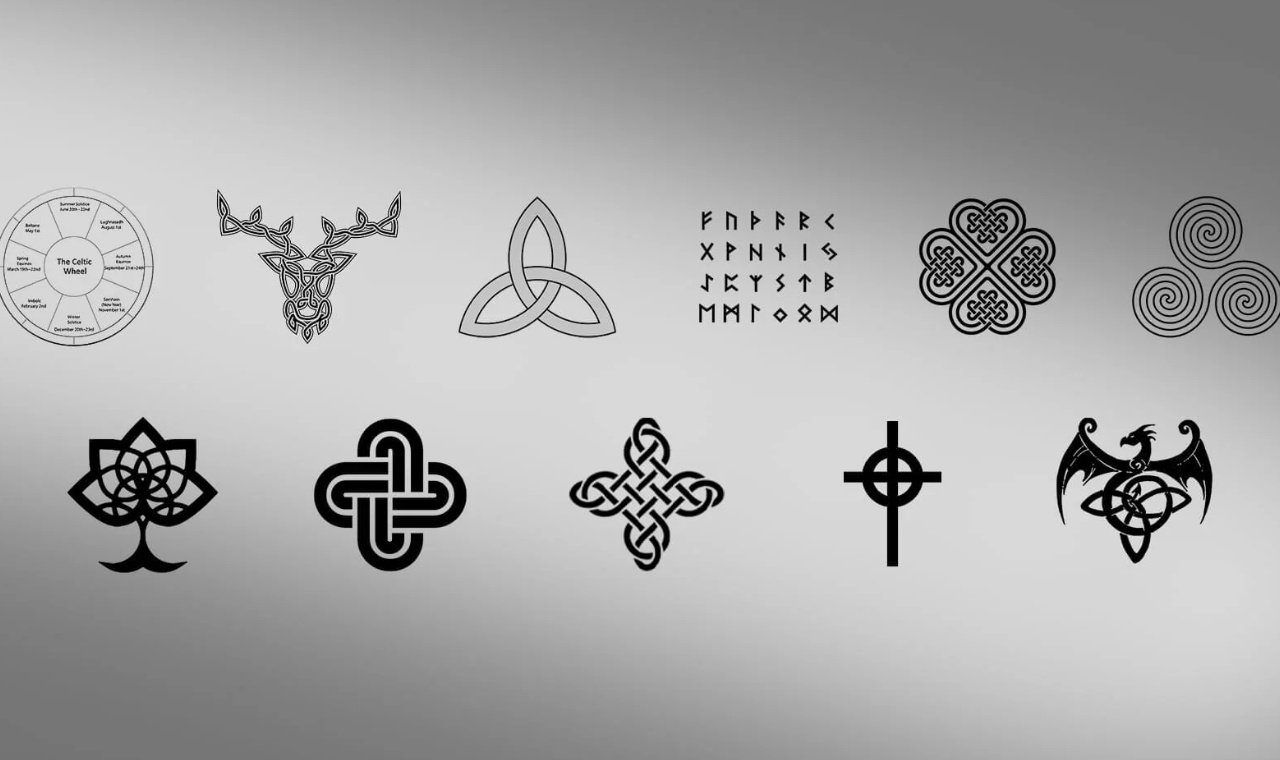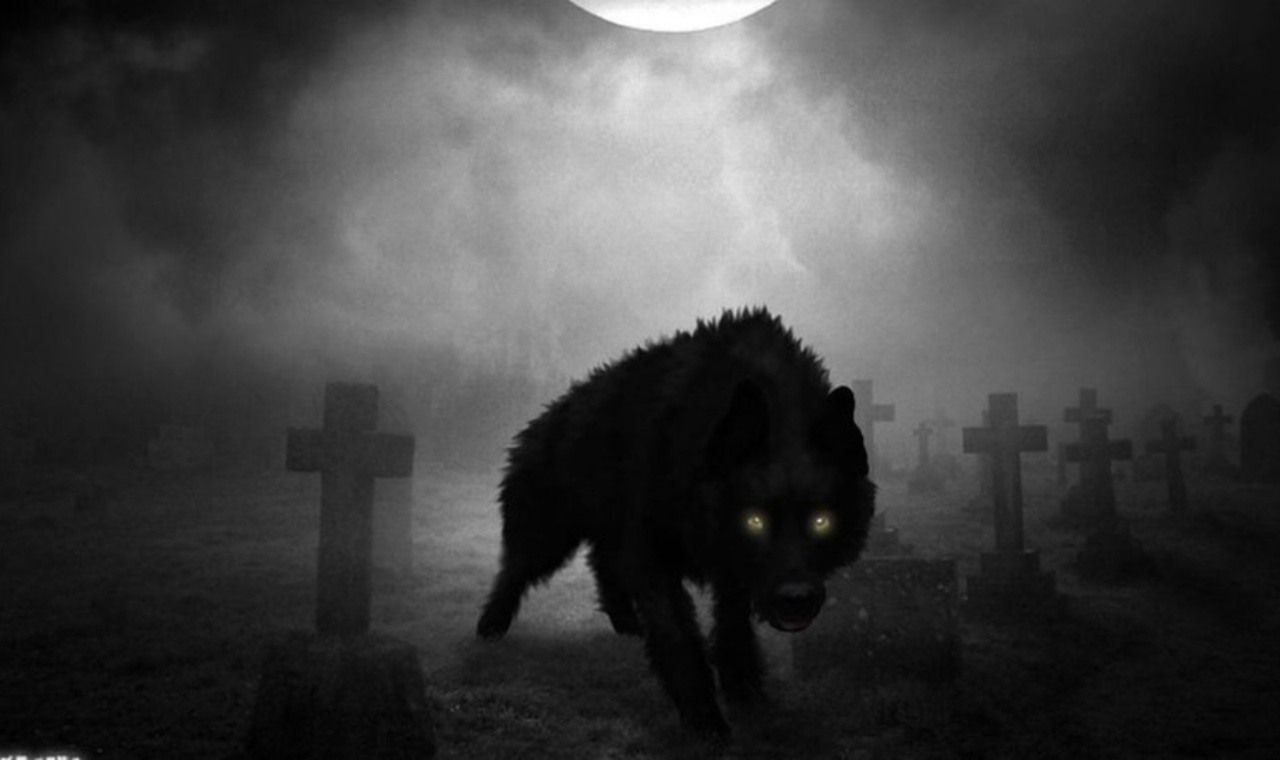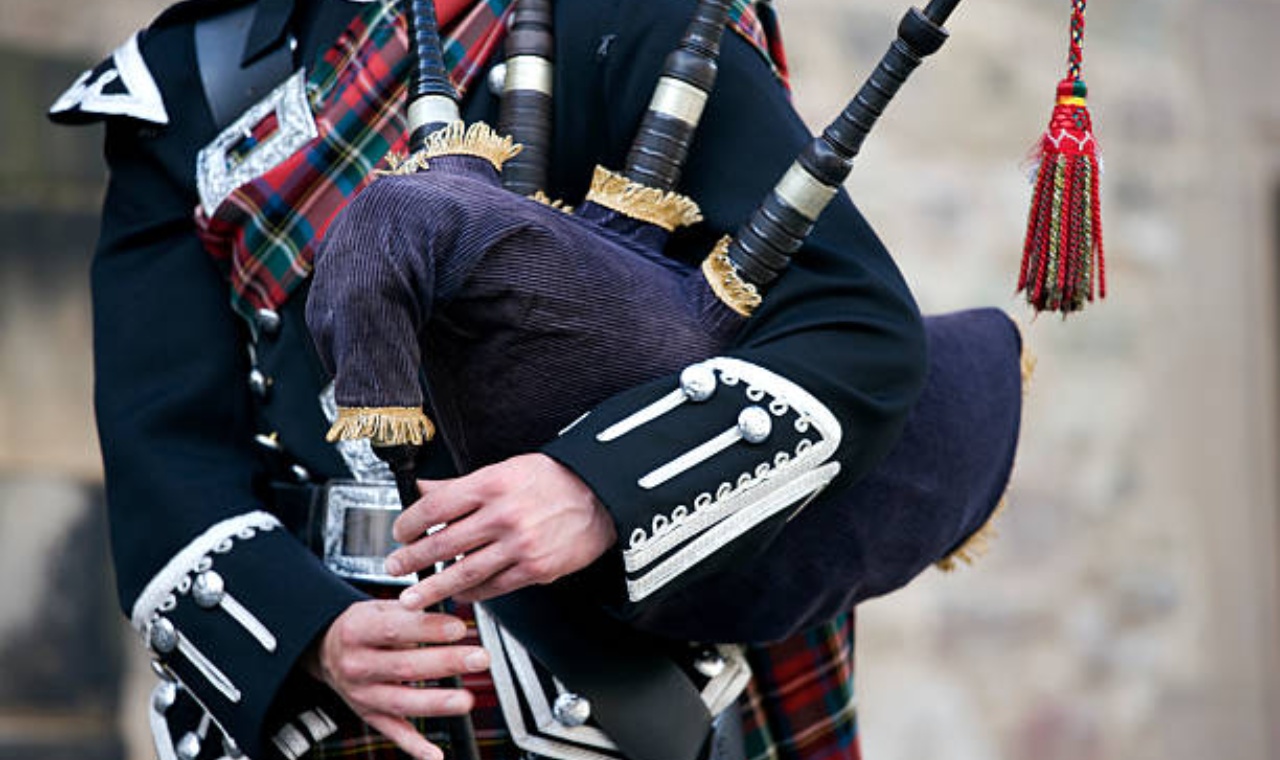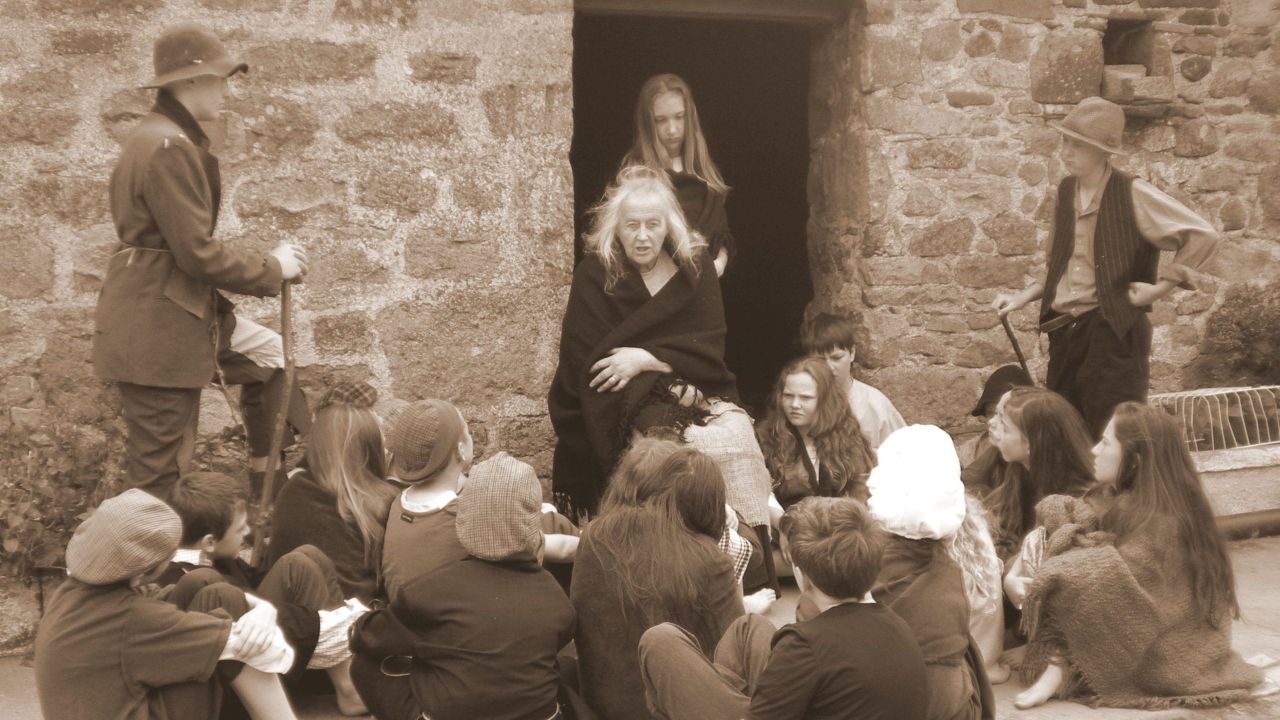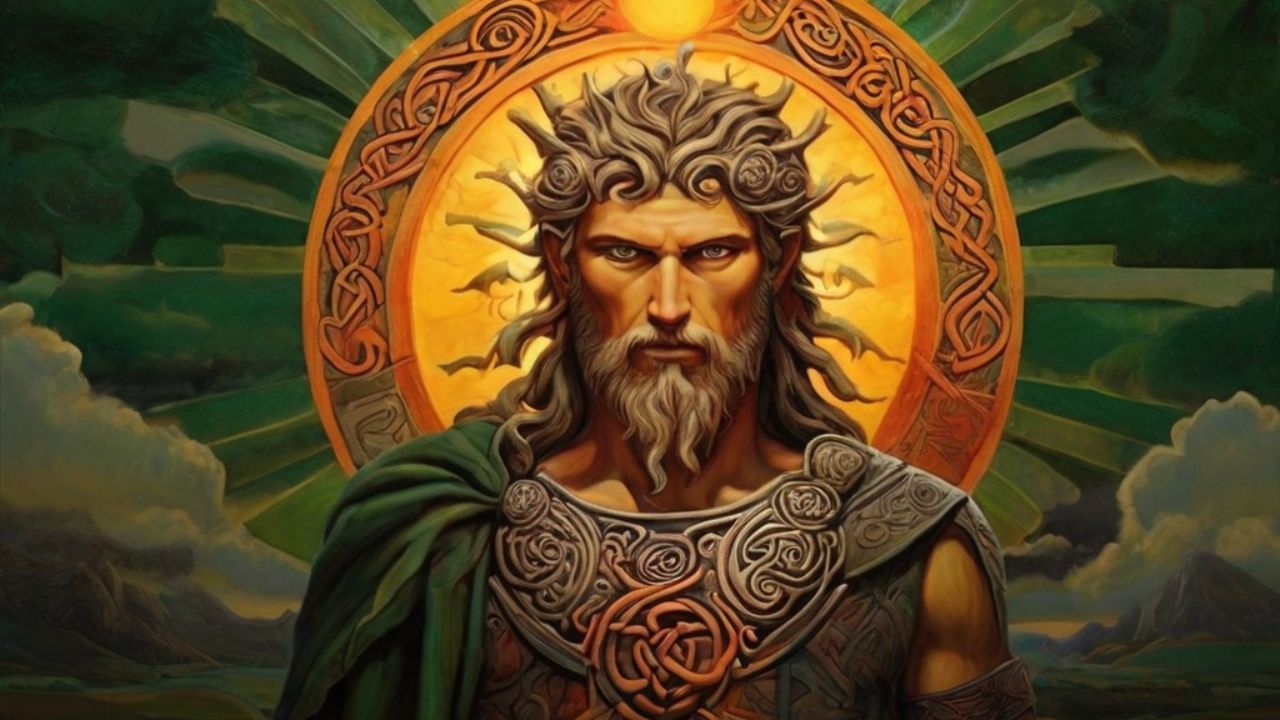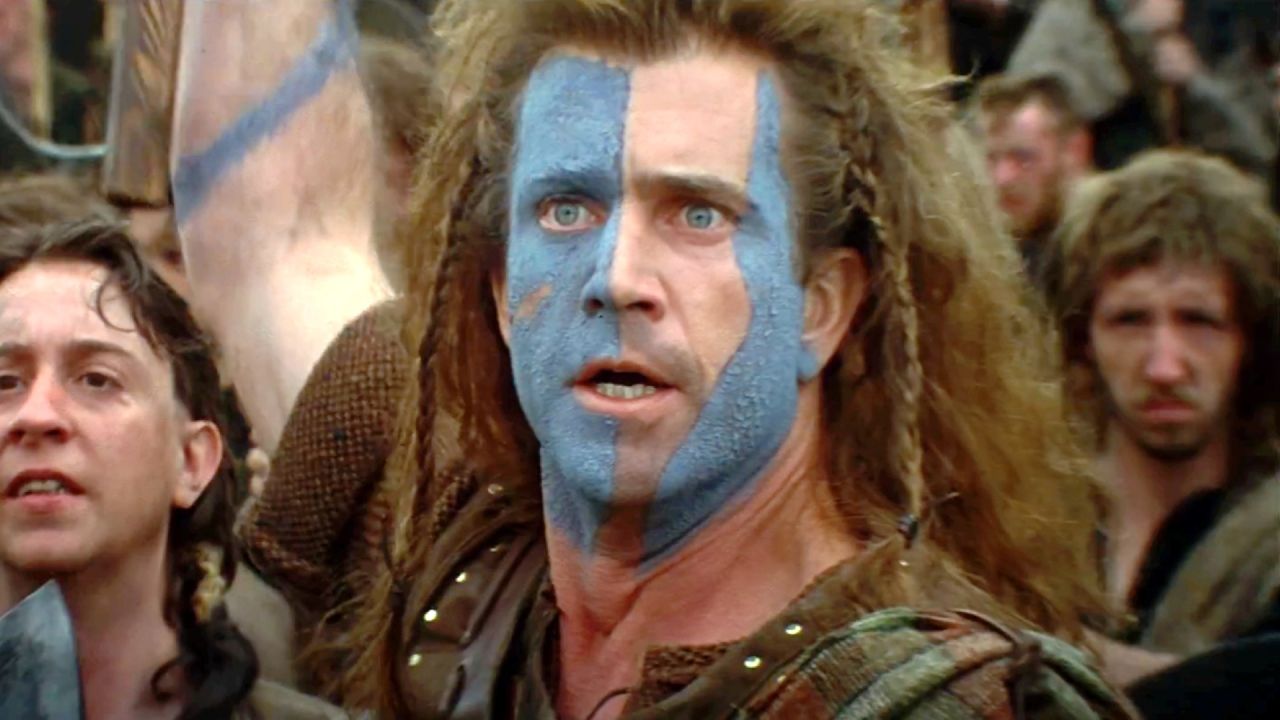The Black Dog of Scottish Lore | Myth, Warnings & Legends

Walk a lonely road in the Scottish Highlands at dusk and you may feel watched. Tales speak of a massive black dog; fur like shadow, eyes burning like embers haunting ancient battlegrounds, crossroads, and storm-torn cliffs. This creature appears in Scottish folklore again and again, feared and revered in equal measure.
Scotland’s storytelling tradition keeps these legends alive. The same sense of myth and memory shapes Irish storytelling, too. You can explore why storytelling thrives in Celtic culture here.
What Is the Black Dog in Scottish Myth?
The Black Dog, often called Cù Sìth in Gaelic, embodies both danger and protection. No single meaning defines it. Instead, every region adds its own twist:
- A death omen that appears before tragedy
- A protector spirit guarding sacred land
- A shape-shifting fae hound linked to the Otherworld
- A guide for lost souls wandering historic landscapes
In Celtic beliefs, supernatural animals often serve as messengers between realms just as explored in mythic tales like the Celtic Sun God Lugh here.
The Black Dog’s Favorite Haunts
Stories place the phantom hound across the country:
- Aberdeenshire: The Mither Tap ghost dog roams old Pictish sites
- Skye: A black hound guards the cliffs of the Cuillin
- Borders: The Black Dog of Glamis Castle stalks its corridors
- Highland crossroads: A place where the living and spirits almost meet
These landscapes carry myths in every stone — like the Fairy Glen’s enchantment here.
Is the Black Dog Good or Evil?
Most Scottish tales agree on one thing:
Seeing the Black Dog means something important is about to happen.

But what?
When it Protects
- Warns travelers from cliffs or danger
- Guards sacred Celtic sites and ancient roads
- Escorts souls to peace instead of fear
When it Warns
- A family death or disaster follows the sighting
- The dog appears at war sites and burial grounds
The mystery remains: is it a guardian or a grim reminder that fate always follows?
Rooted in Ancient Celtic Beliefs
Celtic mythology overflows with supernatural guardians. The Black Dog stands beside creatures like:
- The fae beings of Annwn, the Otherworld
→ https://celtguide.com/what-is-annwn/ - The shape-shifting Selkies
→ https://celtguide.com/selkies-in-folklore/
Folklore does not fade in Scotland. It evolves. Even today, people report sightings on fog-bound moors and ruined castle sites.
Why Do These Legends Still Matter?
Celtic culture values memory. The past walks with us. A myth like the Black Dog teaches:
- Respect for the land
- Humility in the face of fate
- Awareness of the unseen
These are the same values woven into art, music, clan history, and even tartan traditions
→ https://celtguide.com/what-is-tartan/
→ https://celtguide.com/how-many-scottish-clans/
Final Thoughts: Fear or Fascination?
If you ever meet a great black hound beneath the Highlands’ moonlight, pause. Listen. He may not have come to frighten you. He may be guarding stories older than kingdoms, older than fear itself.


